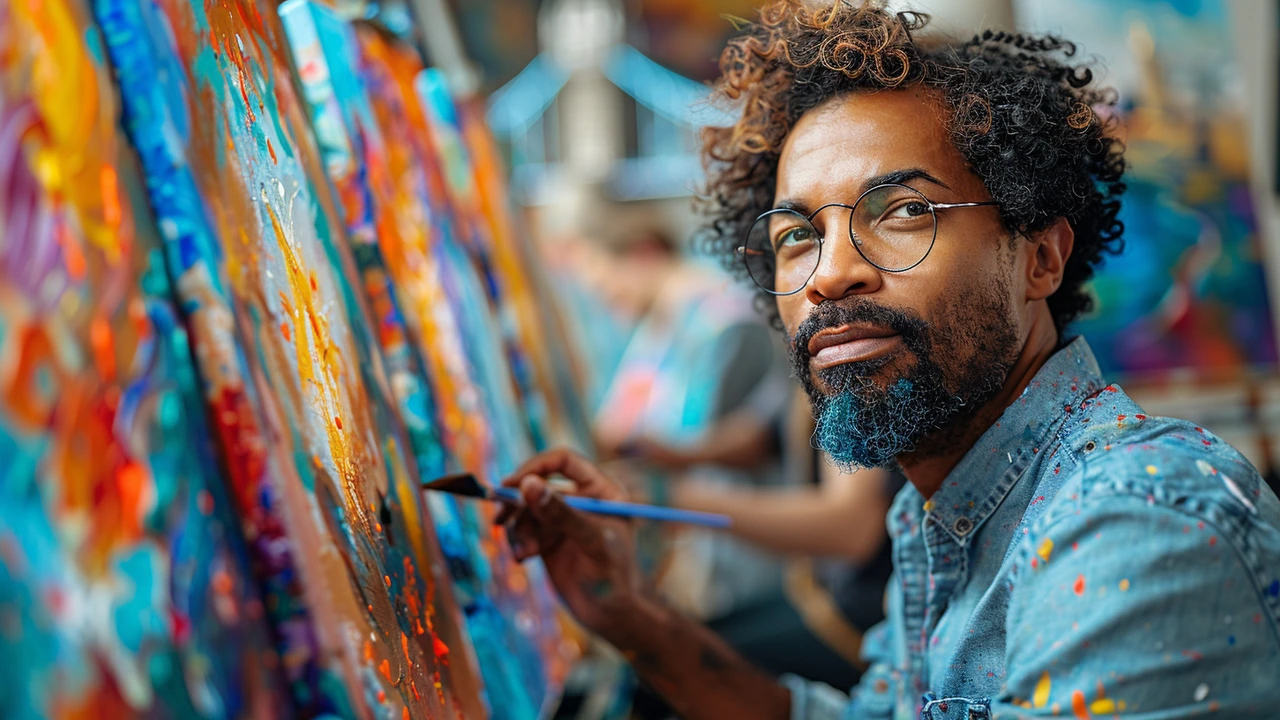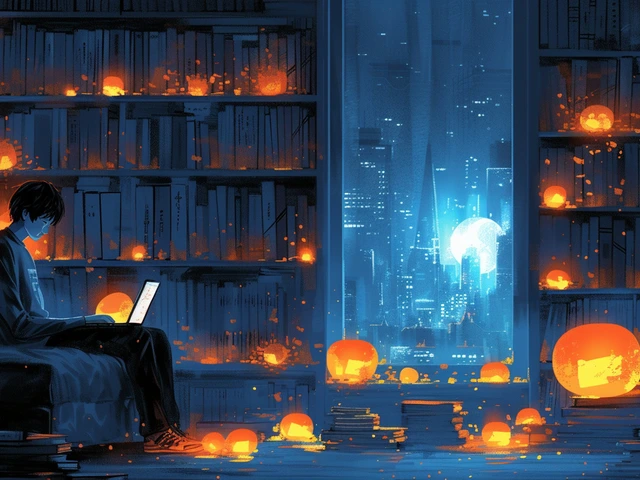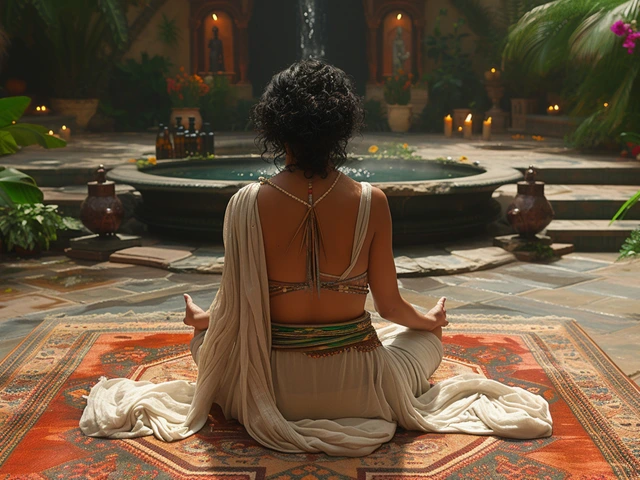
Unlocking the Power of Creative Expression
The realm of creative arts therapies is as diverse as it is impactful, weaving together the expressive modalities of art, music, dance, and drama to unlock personal insight, growth, and healing. At the heart of these therapies lies the belief that creative expression can serve as both a mirror and a bridge - reflecting inner experiences and connecting individuals to deeper parts of themselves and the world around them. For many, the act of creating is not merely an artistic endeavor but a lifeline, facilitating communication when words are not enough, and providing a form of release, allowing emotions and thoughts to flow freely through their chosen medium.
In the fabric of human history, the arts have always held a significant place in expressing the inexpressible, capturing the essence of the human spirit across cultures and centuries. Creative arts therapies harness this timeless connection to the arts, channeling it into a therapeutic context where the process of creation and the resulting artwork become catalysts for healing. By engaging with the arts, individuals find a potent tool for self-exploration and expression, often leading to breakthroughs in understanding underlying emotions, resolving internal conflicts, and enhancing self-esteem and resilience.
The Science Behind the Art
While the transformative power of creative expression may seem intangible, a growing body of research supports the efficacy of creative arts therapies in providing tangible psychological and physiological benefits. Neuroscientific research reveals that engaging in artistic activities stimulates the brain, eliciting responses that can lead to stress reduction, improved cognitive function, and enhanced emotional regulation. It's not just about the subjective experience of feeling better; these therapies actively contribute to the rewiring of neural pathways, offering evidence-based support for their role in complementing traditional mental health treatments.
Through the lens of cognitive psychology, the mechanisms at play within creative arts therapies can be seen as multifaceted, involving processes such as symbolism, metaphor, and narrative. These processes allow individuals to externalize inner experiences, making abstract emotions tangible and more manageable. By doing so, therapy participants are able to reflect on their creations - and, by extension, their thoughts and feelings - from a new perspective, facilitating insight and understanding in a deeply personal and profound way.
Modalities and Their Unique Contributions
Each modality within the sphere of creative arts therapies brings its own unique contributions to the healing process. Art therapy invites individuals to communicate through visual mediums, offering a safe space for exploring difficult emotions and experiences. Music therapy utilizes the universal language of music to soothe, energize, or unlock memories, fostering communication and connection. Dance therapy employs the body's movement as a means of expressing what is often too difficult to articulate, while drama therapy allows participants to explore different roles, gain perspective, and develop empathy.
Diverse in their approaches, these modalities share a common goal: to facilitate healing and growth through the process of creative exploration and expression. They are adaptable, able to be tailored to the needs and preferences of different individuals, making creative arts therapies inclusive and accessible to a broad range of people. From children to the elderly, from those struggling with mental health issues to those simply seeking a deeper understanding of themselves, creative arts therapies offer a path to healing that is as varied and unique as the individuals who embark on it.
Bringing Creative Arts Therapies into Daily Life
Integrating creative arts therapies into one’s life doesn’t require a background in the arts or even attendance at formal therapy sessions. The principles underlying these therapies can be embraced by anyone looking to enrich their path to personal growth and healing. Simple practices, such as keeping a sketchbook, creating playlists for different moods, or engaging in movement exercises, can incorporate the therapeutic power of the arts into daily routines, offering new ways to process and express emotions.
The takeaway message is clear: leaning into the creative process can unlock avenues for self-discovery and healing that may have seemed unreachable. Whether through formal therapy or personal exploration, the arts offer a universal tool for navigating the complexities of the human experience, a tool that is accessible, expressive, and inherently healing. In the words of a wise source, 'Art can permeate the very deepest part of us, where no words exist.' In this space, healing begins, and creative arts therapies stand as a testament to the transformative power of the human spirit.





Write a comment